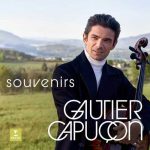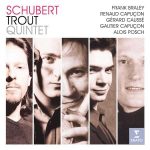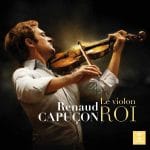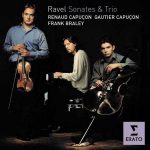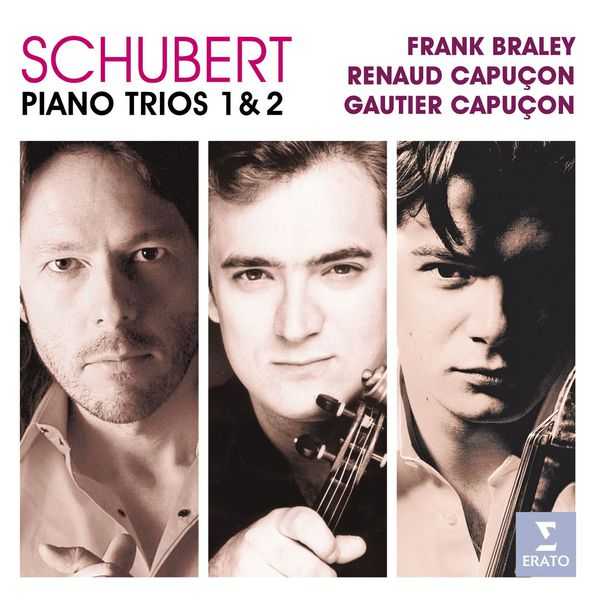
Composer: Franz Peter Schubert
Performer: Renaud Capuçon, Gautier Capuçon, Frank Braley
Number of Discs: 2
Format: FLAC (tracks)
Label: Erato
Catalogue: 3654762
Release: 2007
Size: 367 MB
Recovery: +3%
Scan: cover
CD 01
Piano Trio No. 1 in B-Flat Major, Op. 99, D. 898
01. I. Allegro moderato
02. II. Andante un poco mosso
03. III. Scherzo. Allegro – Trio
04. IV. Rondo. Allegro vivace
05. Piano Trio in B-Flat Major D. 28
CD 02
Piano Trio No. 2 in E-Flat Major, Op. 100, D. 929
01. I. Allegro
02. II. Andante con moto
03. III. Scherzando. Allegro moderato – Trio
04. IV. Allegro moderato
05. Piano Trio in E-Flat Major, Op. Posth. 148, D. 897 “Notturno”
There are performances that give intense pleasure, and performances that make you think. And, just occasionally, you encounter one that does both. The Braley-Capuçon-Capuçon Schubert First Trio is one of those. The playing is superb from just every angle you consider it: beguiling tone, lovely intelligent phrasing, strong but flexible rhythmic articulation, precise pitch and alert ensemble.
The intense-looking trio of pianist Frank Braley and violin-cello brother duo Renaud and Gautier Capuçon has made a critical splash with innovative performances of standard chamber-music repertory in which they move confidently as a unit despite whatever unorthodoxies they may be propounding. Schubert’s pair of trios, filled out with two shorter single movements for piano trio to make two short discs, offers a good introduction to their revisionism. In the Piano Trio No. 2 in E flat major, D. 929, the listener will immediately be struck by the brisk tempo of the opening movmement — although it doesn’t go beyond what the tempo marking of Allegro indicates, it’s a good deal faster than the languid, lyrical tradition that has grown up around this work and around Schubert in general. The players’ approach is rather cool and has the effect of deemphasizing the melodies in favor of the texture, which in Schubert might seem like a Reuben sandwich without the corned beef. But give the music a chance, and it’ll grow on you. Both trios offer fully thought-out relationships among their constituent parts, and there are many remarkable moments. Consider the Andante con moto of the E flat trio. Again the tempo is pushed, to a very brisk walk, and the focus is placed on the inexorable accompanimental rhythms of the opening bars rather than on the seemingly more prominent mixed-mode tune heard in the piano. But the accompaniment idea is carried convicingly through the entire movement, resulting in an unprecedented explosion of pain in the fortissimo passage at the end of the movement’s central section — the players ally Schubert to Beethoven rather than to the later Romantics here, and the effect is both shocking and very carefully developed. In the end, these are important rehearings of works that stand out from among the dozens of available versions.
